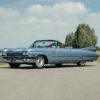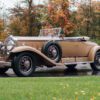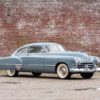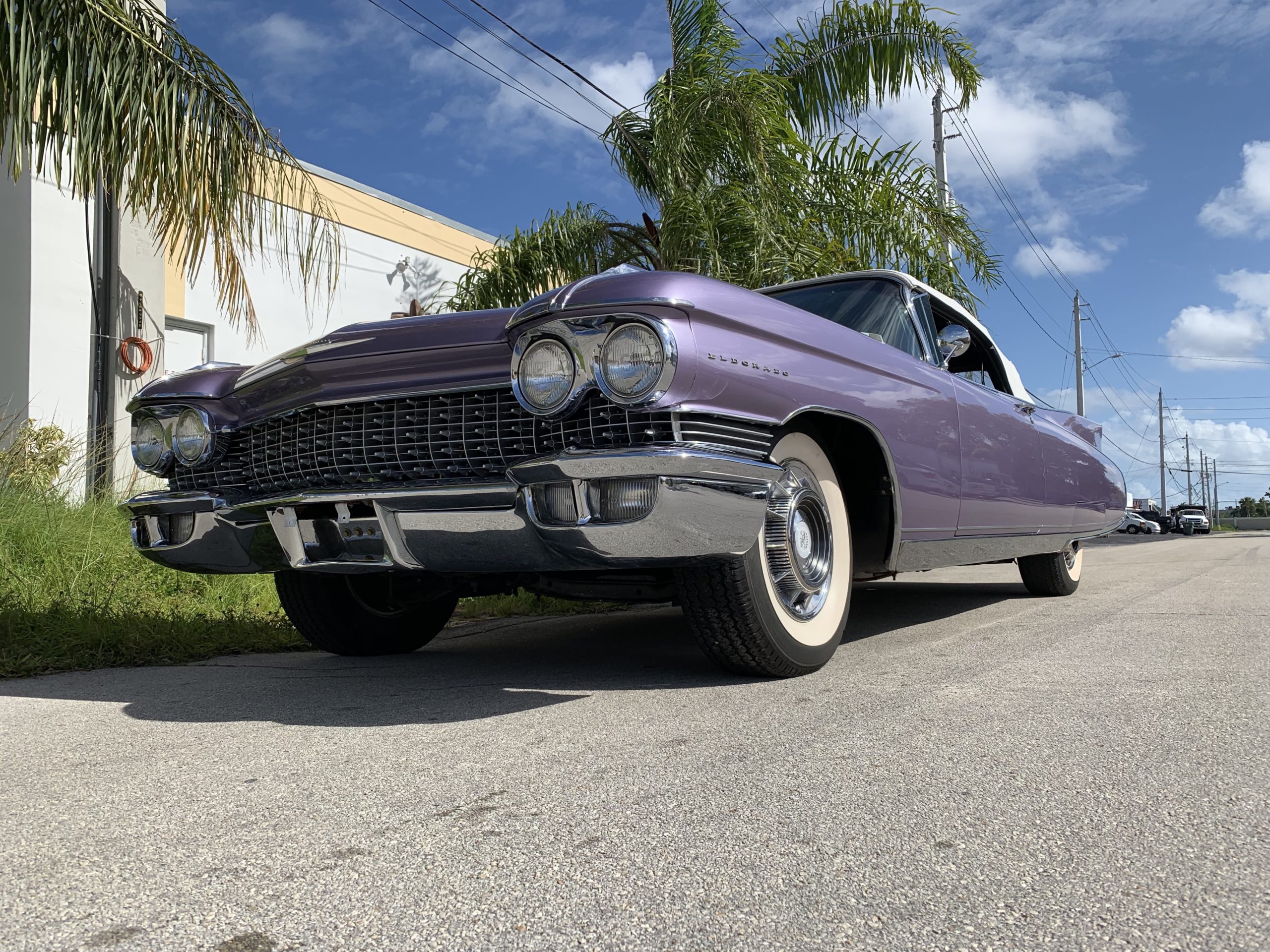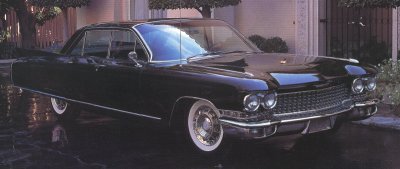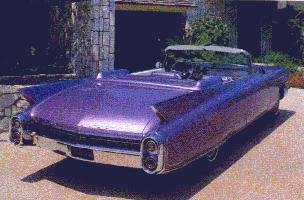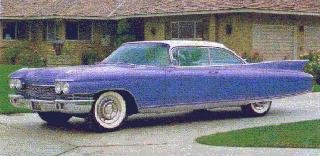Eldorado Cadillac Models & History 1960
Click to supersize
1960 Cadillac Eldorado Pininfarina Brougham
Cadillactempered its outlandish fins for 1960, the year that marked the division’s last use of triple two-barrel carburetion as standard Eldorado issue. For the remaining six years of its production life the rear-drive Eldo would have the same engine specs as its less exotic linemates. As mentioned, air suspension was also abandoned after 1960. So was the Eldorado hardtop. With lower sales than the Biarritz for the second year in a row and with two other hardtop coupes in the Cadillac line, the Seville had by now become superfluous. So too had the Brougham, and Cadillac rang down the curtain on its super-luxury flagship after building only 200 of the 1959-60 models.
More exclusive—and more expensive—were the two-door Eldorados: Seville coupe and Biarritz convertible. They came with a 345-horsepower version of the 6.4 Liter V-8 that guzzled gas through three two-barrel carburetors. The Eldorados lost some of their exclusivity in 1959 because they no longer sported unique rear end designs and they switched from the “Sabre Spoke” wheels of ’58 to stamped steel wheels. Nonetheless, Eldorados sported deep-dish wheel covers (sharing them with the Sixty Special) and fender skirts were standard, as they were for all 1959-60 Cadillacs. Air suspension was another standard item (it disappeared after 1960 because of chronic leakage problems). Also included were cruise control, Autronic Eye headlight dimmer, radio and electric antenna, power door locks, fog lamps, and three rows of jewels in the rear.
Distinguishing characteristics of the Seville were a color-keyed roof covering of weather resistant fabric and unique chrome trim that started at the vent window and followed the body contour to the rear bumper, then proceeded down and around, following the rocker panel to the front wheel. The Seville was dropped after 1960, although the name would be reincarnated 15 years later on a smaller Cadillac. The Biarritz sold for the same $7401 list price as the Seville. Its top was hidden by a metal cover when down, giving the car a smooth, uninterrupted profile that flowed from front to rear, ending in a dramatic upsweep of the towering fins.
Standing at the top of Cadillac’s 13-model lineup was the second-generation Eldorado Brougham, which debuted at the Chicago Auto Show in January 1959. This limited-production model sold for a lofty $13,075. It did without the shark fins, twin taillights, and wraparound windshield of lesser ’59 Cadillacs, and none of its exterior panels interchanged with the regular models. In fact, the Brougham wasn’t even made in America. Pinin Farina built the bodies in Turin, Italy, for installation on stock chassis shipped from Detroit. It’s grille differed in that it didn’t incorporate the divider bar, and its fins and taillights predicted the styling of the ’60 Cadillac. Even the windshield and roofline were unique, previewing the look of the ’61 Caddy. Styling was clean, although not as distinctive as that of the earlier Brougham. The Brougham didn’t contain as much gadgetry, either, although the rear quarter windows retracted a bit for easier entry and exit when the rear doors were opened.
Narrow-band whitewalls were found only on the Brougham for 1959 and ’60. In 1960, the Pininfarina (the name was legally changed in 1960) cloisonne emblems moved from the side of the front fenders to the back of the rear fenders, hubcaps were changed to a smaller disc design, and the creaseline rode lower on the body sides (seen again on the ’62 models). The Broughams were easily the rarest of the 1959 and ’60 Cadillacs, with only 99 and 101 built.
I. D. NUMBERS
- Motor serial numbers took the same form used in 1959
- the first pair of symbols changed to “60” to indicate 1960 model year
- the next symbol was a letter to indicate the model as listed below
- the next six numbers indicated the consecutive unit number beginning with 000001
- The serial number was located at the front of the lefthand frame side bar
- Motor serial numbers again matched and were found on the center lefthand side of the block above the oil pan
STYLE
| Model No. | Style No. | Body Type | Seat | Factory Price | Shipping Weight | Production Total |
|---|---|---|---|---|---|---|
| 60-64H | 6437H | 6 | $7401 | 2207 kg | 1,075 | |
| 60-64E | 6467E | 6 | $7401 | 2300 kg | 1,285 |
ELDORADO ENGINE
| Type | V-8 Overhead valves |
| Block | Cast iron block |
| Displacement | 6.384 Liters |
| Bore and stroke | 101.6mm x 98.4mm |
| Compression ratio | 10.5:1 |
| Brake horsepower | 345 hp @ 4800 rpm |
| Power | 257 kW @ 4800 rpm |
| Bearings | Five main bearings |
| Valve Lifters | Hydraulic valve lifters |
| Carburetion | Three (3) Rochester two-barrel Model 7015901 |
CHASSIS
| Wheelbase | 3302mm |
|---|---|
| Overall Length | 5715mm |
| Tires | 8.00 x 15 |
| Dual exhausts | standard |
| Rear axle ratios | 2.94:1 standard; 3.21:1 optional or mandatory with air conditioning |


